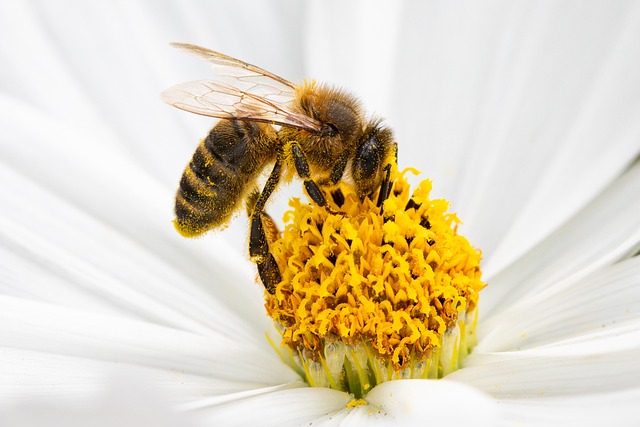This summer, my spouse and I have taken to calling our 9-year-old daughter “The Sloth.” While it may sound harsh, it reflects her current demeanor quite accurately. From a young age, she has never been the most athletic child; even as a kindergartner, she would rather immerse herself in coloring books than join in games like hopscotch or kick-the-can. She is inherently an indoor child, preferring the comfort of home to the outdoors—her aversion to dirt and sweat exacerbated by the glaring sun.
This summer, however, her reluctance has reached new heights. Not only does she wish to spend her days engrossed in Minecraft and comic books, but she also reacts strongly when we suggest alternative activities. “It’s too hot for the trampoline,” she protests. “I despise hiking because of all the bugs.” “The pool is always crowded. I’m not going,” she declares.
In previous summers, we could gently persuade her to enjoy outdoor activities together, and with a little encouragement, she would eventually join in and we would have a great time. But this year, she has fully embraced her role as “The Sloth.” My husband’s response to this situation was to enroll her in private tennis lessons—lessons that come with a hefty price tag and which, as the stay-at-home parent, I am usually responsible for attending.
Initially, the lessons weren’t too troublesome. She would grumble and take her time getting ready, but soon the eye rolls began. By midsummer, she was groaning loudly and stomping upstairs, slamming dresser drawers as she searched for her tennis attire. The car rides to the lessons became particularly tense, yet somehow, by the time we reached the courts, she managed to compose herself.
“She’s such a joy to teach,” her tennis instructor remarked. “She always follows my guidance and doesn’t give me any trouble.” I couldn’t help but think, “If only you knew the effort it takes to get her here.” Agreeable? Only to those outside our home.
Just last week, I handed her a hairbrush and informed her it was time to prepare for tennis. She scowled, snatched the brush from my hand, and stormed upstairs. Suddenly, she halted, turned around, and hurled the brush down the staircase in a fit of rage. The impact broke the brush and created a loud noise that drew the attention of our dog, cat, and her sister.
“What on earth?” I exclaimed, frustration taking over. She stood there, fists clenched and eyes brimming with tears, clearly shocked by her own behavior. “It was an accident,” she stammered.
“No, it was not an accident; I witnessed you do that! You threw it on purpose!” I replied firmly. She shook her head, now genuinely crying. “I didn’t mean to… I don’t know what came over me…”
“Get dressed and into the car. We’re running late,” I instructed, maintaining my stern tone.
Silence enveloped the car ride home, while my mind buzzed with confusion: This is your gentle child, the one who avoids conflict and embraces kindness. So who was this angry girl who had just thrown a hairbrush? While she practiced her tennis skills, I called her father in distress. “What is happening?” I asked, pacing in the parking lot. “She’s never acted like this before. It’s as if she frightened herself.” Though he was busy, he assured me we would discuss it later.
“That was an impressive lesson today,” her instructor commented, handing me her racquet as we left. My daughter fidgeted with it in silence, looking out the window.
Later, I brought her a freshly warmed towel after her shower. “Here’s a towel. Please don’t toss it on the floor,” I said, entering the bathroom as I usually do. Out of the corner of my eye, I noticed her quickly crossing her arms and turning away. “Okay, thanks,” she replied curtly.
This is my 9-year-old daughter. I should know better by now, especially since I have an older daughter who has gone through her own trials. I’ve witnessed this emotional whirlwind before; it’s a part of growing up. I remember how my older child, too, faced the onset of puberty unexpectedly early. The signs were there, yet I was unprepared. My own sister had a similarly early experience, terrified and confused, due to a lack of communication about such topics. How can one adequately prepare a 9-year-old for the complexities of growing up, when she is still so firmly rooted in childhood?
As I ponder this, I whisper to my husband over the phone, “Puberty is approaching. We need to brace ourselves.”
In summary, the transition into pre-adolescence can be tumultuous, particularly for young girls. Understanding and addressing these changes—both emotional and physical—can be complex. For those navigating similar experiences or considering options for family planning, resources such as ACOG provide excellent guidance. Additionally, exploring options like the Cryobaby Home Intracervical Insemination Syringe Kit or the At-Home Intracervical Insemination Syringe Kit can help those looking to expand their families.
Keyphrase: Parenting and Puberty Challenges
Tags: [“home insemination kit” “home insemination syringe” “self insemination”]
